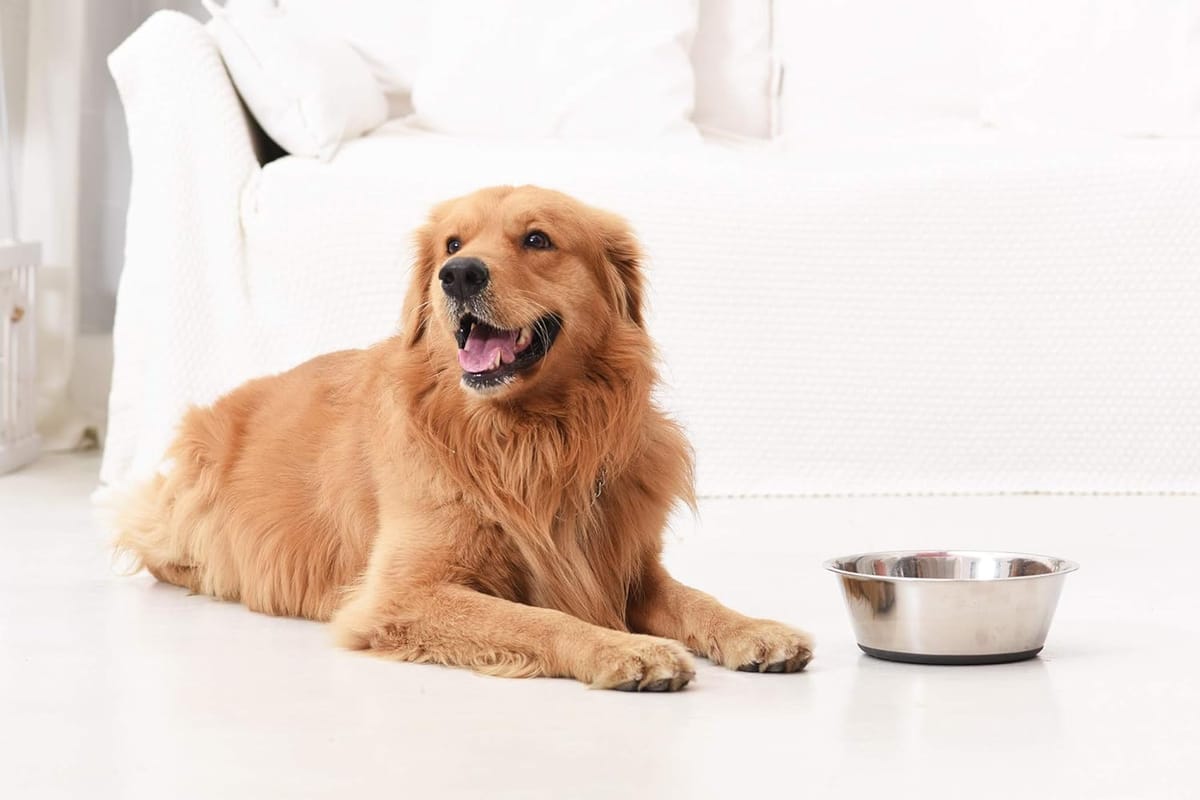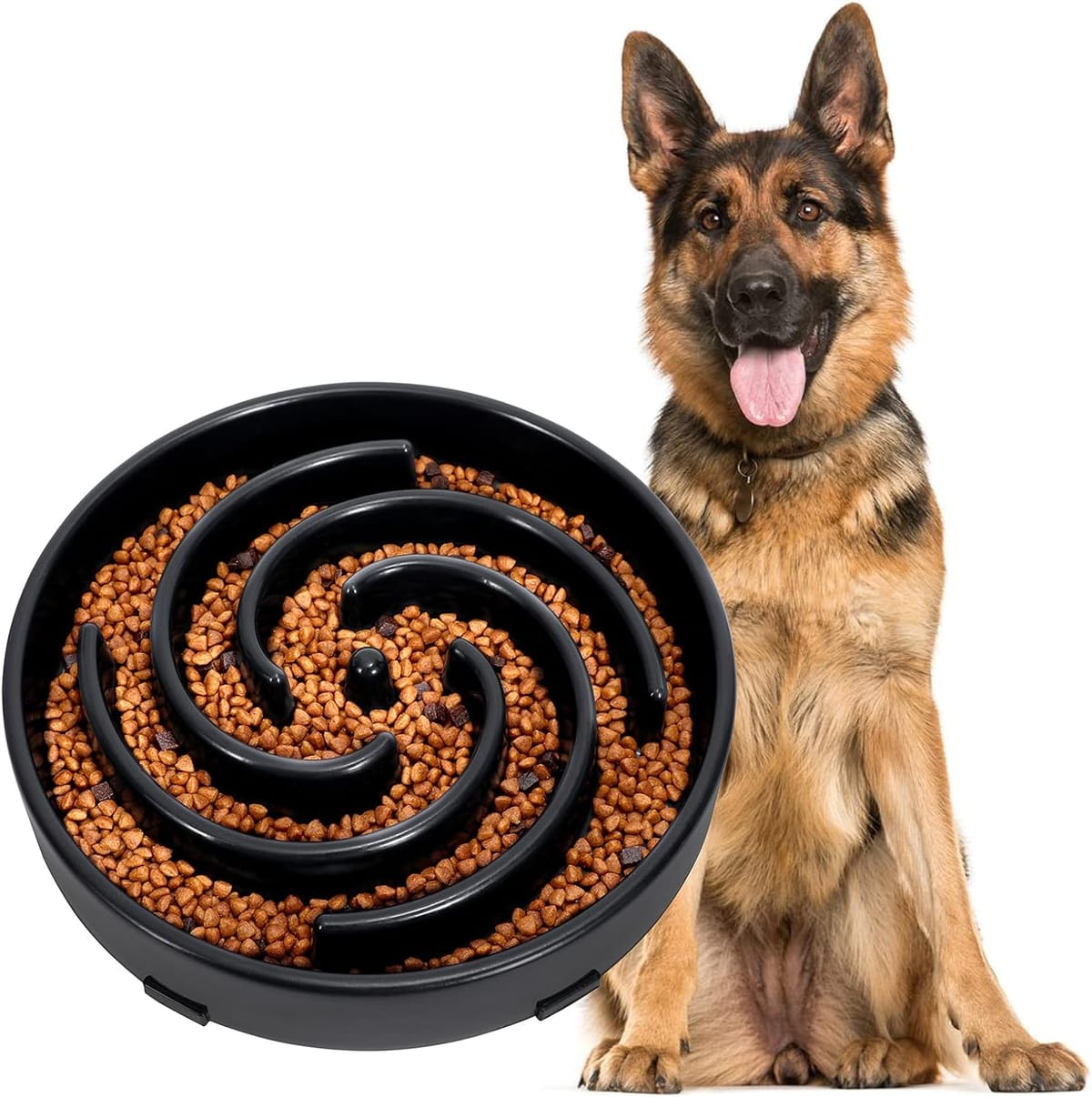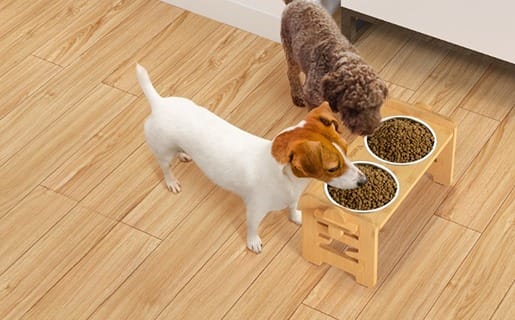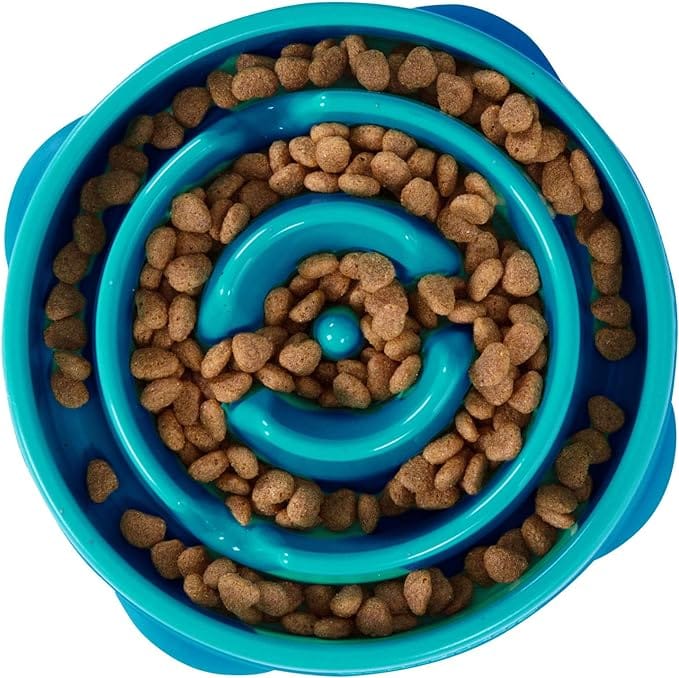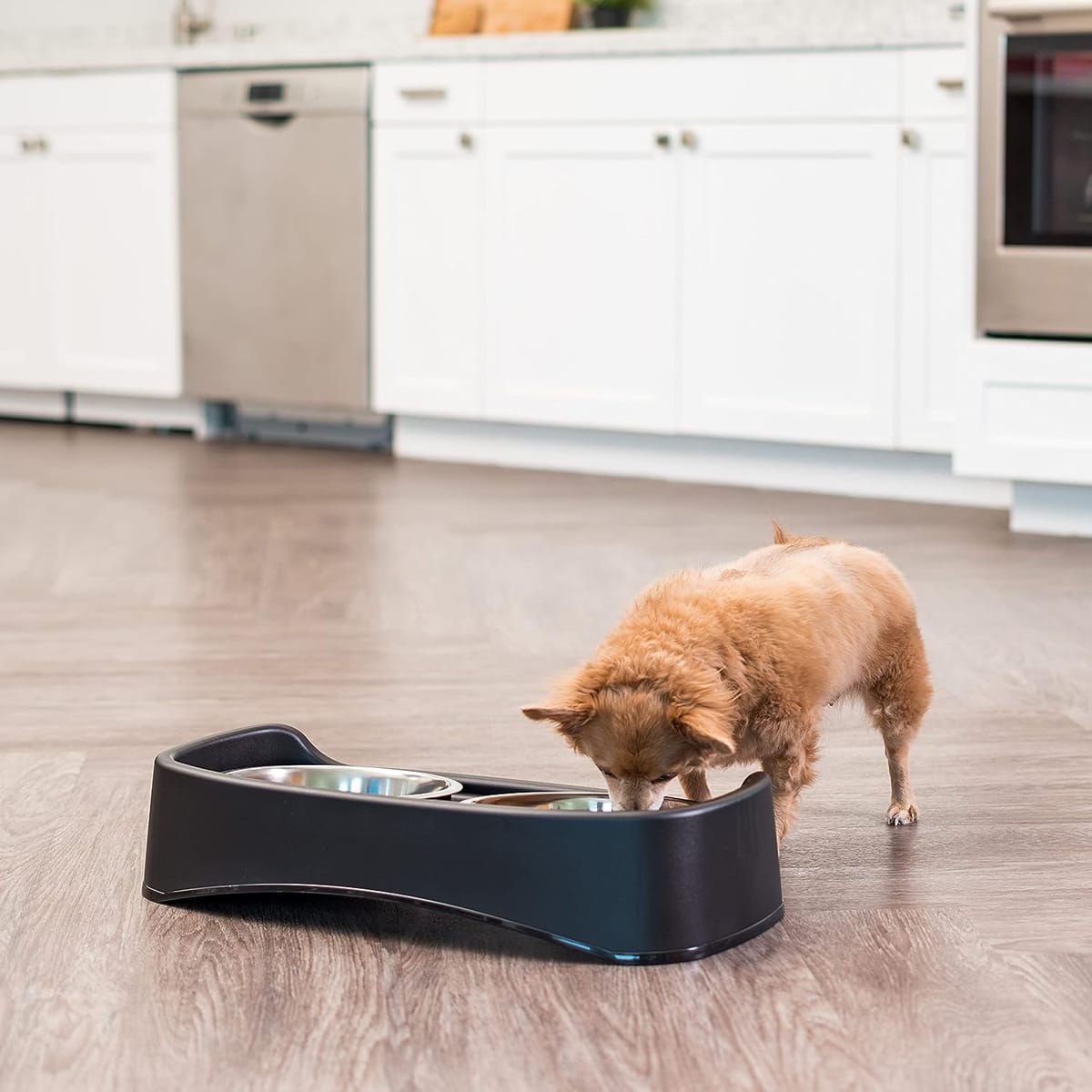Key Takeaways:
- Elevated dog bowls can benefit certain dogs, particularly large breeds and those with specific health conditions.
- The debate on whether raised feeders can prevent bloat is ongoing, with veterinary medicine providing mixed opinions.
- Dog owners should consider their pet's individual needs and consult with a veterinarian before switching to an elevated feeding station.
Elevated dog bowls, also known as raised feeders, have become a popular choice among pet owners. The concept of raising the height of food and water bowls off the ground to align more closely with a dog's shoulders has been suggested to offer several benefits, from improved posture to reduced strain on the neck and joints. However, the question remains: should dog bowls be elevated for all dogs, or are there specific cases where this is more advantageous?
The Case for Elevated Dog Bowls
For many dogs, especially larger breeds and senior dogs, elevated dog feeders can make a significant difference in their comfort during feeding time. Giant breed dogs, such as Great Danes and Mastiffs, can benefit from raised bowls because stooping to eat or drink can be particularly straining due to their size. Older dogs with arthritis or mobility issues may also find relief when their bowls are raised, as it reduces the need to bend down, which can be painful for inflamed joints.
Health Benefits and Risks
Elevated dog bowls have been linked to both potential health benefits and risks. On the positive side, they can aid in digestion by promoting a more natural eating posture and reducing the intake of air, which can be beneficial for fast eaters.
However, there is a debate within veterinary medicine regarding the relationship between raised feeders and canine bloat, a serious condition also known as gastric dilatation-volvulus (GDV). While some studies suggest that elevated bowls might increase the risk of bloat, especially in large and giant breeds, others argue that there is no significant correlation.
Understanding Canine Bloat
Canine bloat is a life-threatening condition that affects many dogs, particularly larger dogs with deep chests. It occurs when the dog's stomach fills with gas, food, or fluid and then twists, cutting off the blood supply. The risk factors for developing bloat are complex and include genetics, temperament, and eating habits. While some believe that raised dog bowl can prevent bloat by reducing air intake during feeding, others suggest that elevated bowls might increase the risk by facilitating faster eating and greater air intake.
Choosing the Right Bowl Height
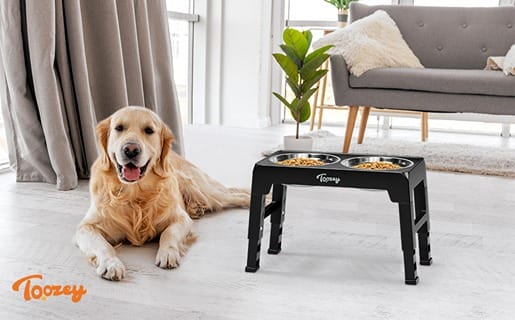
When considering elevated dog feeders, the general rule is to select a height that allows the dog to eat without stooping and without needing to lift their head too high. The ideal height is typically level with the dog's lower chest.
For most dogs, this means the bowl should be elevated to a height that is about 6 inches below the dog's shoulders. However, this can vary depending on the individual dog's size and health conditions.
Impact on Digestion and Posture
The debate around whether raised dog bowls can impact a dog's digestion and posture is ongoing. Proponents of elevated feeders argue that by raising the height of a dog's food and water bowls, the need for the dog to stoop is reduced, which can promote better posture and potentially aid in smoother digestion. This is particularly relevant for large dogs or those with arthritis or neck or back problems, where bending down to eat or drink can cause discomfort or exacerbate existing conditions.
Conversely, some studies suggest that elevated bowls might increase the risk of dog bloat, especially in large and giant breeds. Bloat, or gastric dilatation-volvulus (GDV), is a serious condition where the dog's stomach fills with gas and can twist. While the exact causes of bloat are not fully understood, it is believed that the position of the dog's stomach while eating from an elevated bowl could potentially contribute to this condition. Therefore, pet owners must consult with their veterinarians to determine the best feeding setup for their dogs.
Ergonomic Benefits of Elevated Feeders
Elevated dog feeders are designed with a dog's comfort in mind, aiming to align the dog's shoulders and stomach for a more natural eating posture. By raising the dog's bowl to a level that suits their height, the strain on their neck and joints is reduced, potentially benefiting older dogs or those with arthritis. This ergonomic advantage can make mealtime a more comfortable experience, especially for larger breeds whose stooping to eat from ground-level bowls could lead to unnecessary stress on their bodies.
Moreover, the height of an elevated feeder can be tailored to fit the specific needs of individual dogs. For instance, a dog with a long neck may require a higher bowl to maintain a straighter posture while eating. By aligning the dog's shoulders and bowl height, the risk of musculoskeletal issues is minimized, and the dog can enjoy their meals without the discomfort that might come from bending down too far.
Elevated Feeders and Speed of Eating
Fast eating in dogs can increase the risk of choking, obesity, and digestive discomfort. An elevated dog feeder can help slow down dogs who tend to gulp their food too quickly. By raising the height of the dog's food, the dog is compelled to take smaller bites and chew more thoroughly, which can aid in digestion and reduce the likelihood of gastrointestinal issues. This can be particularly beneficial for giant dogs, who are often prone to eating rapidly due to the larger quantities of food they consume.
However, it's important to note that while an elevated feeder can help manage the speed of eating, it may also increase the risk of canine bloat in some dogs. Bloat, or gastric dilatation-volvulus (GDV), is a serious condition that can affect a dog's stomach, and it's crucial to consult with a veterinarian to determine if an elevated dog dish is appropriate for your pet. The veterinarian can provide personalized advice based on the dog's health history and eating habits, ensuring that the benefits of an elevated feeder are maximized without compromising the dog's well-being.
Practical Considerations for Raised Feeding
When considering the implementation of a raised dog feeder, practicality should be a guiding factor. For instance, the stand that holds the elevated bowl should be sturdy enough to prevent tipping or sliding, which could deter a pup from eating or drinking comfortably and safely. Additionally, the height of the raised bowl should be appropriate for the dog's size, ideally aligning with the dog's shoulders to minimize strain.
For pet owners with fast-eating dogs, some raised dog feeders come with features designed to slow down the rate of consumption, which can help prevent choking and reduce the amount of air swallowed—a factor that could potentially contribute to bloat. These feeders may have built-in obstacles or require dogs to eat around shapes that slow down their eating pace. This can be particularly beneficial for dogs prone to digestive issues or those who are at an increased risk of developing bloat.
Dog Bowl Styles and Materials



Dog bowl styles range from basic stainless steel bowls to ornate ceramic bowls. When selecting an elevated dog food station, it's important to consider not only the height but also the material. Stainless steel bowls are often recommended because they are durable, dishwasher safe, and less likely to harbor bacteria. Ceramic bowls can be a good choice as well, provided they are glazed with a lead-free finish and are dishwasher safe.
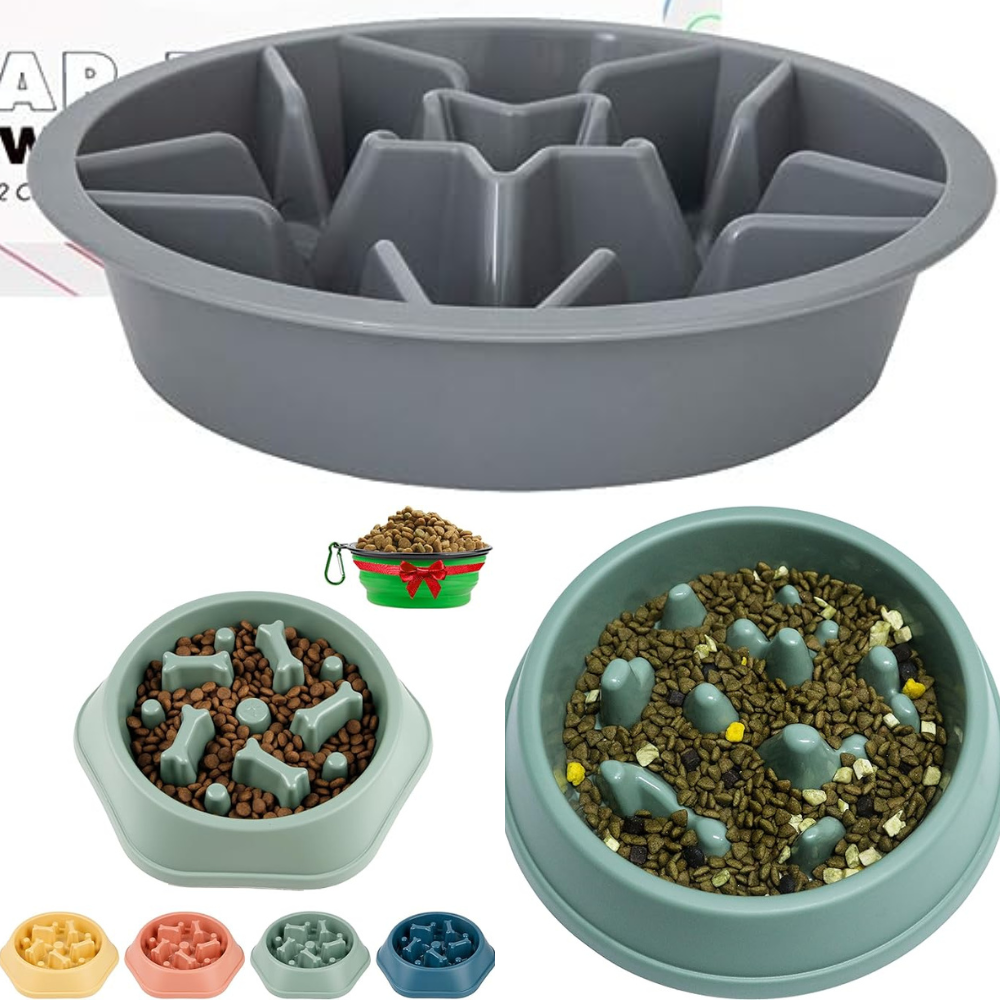
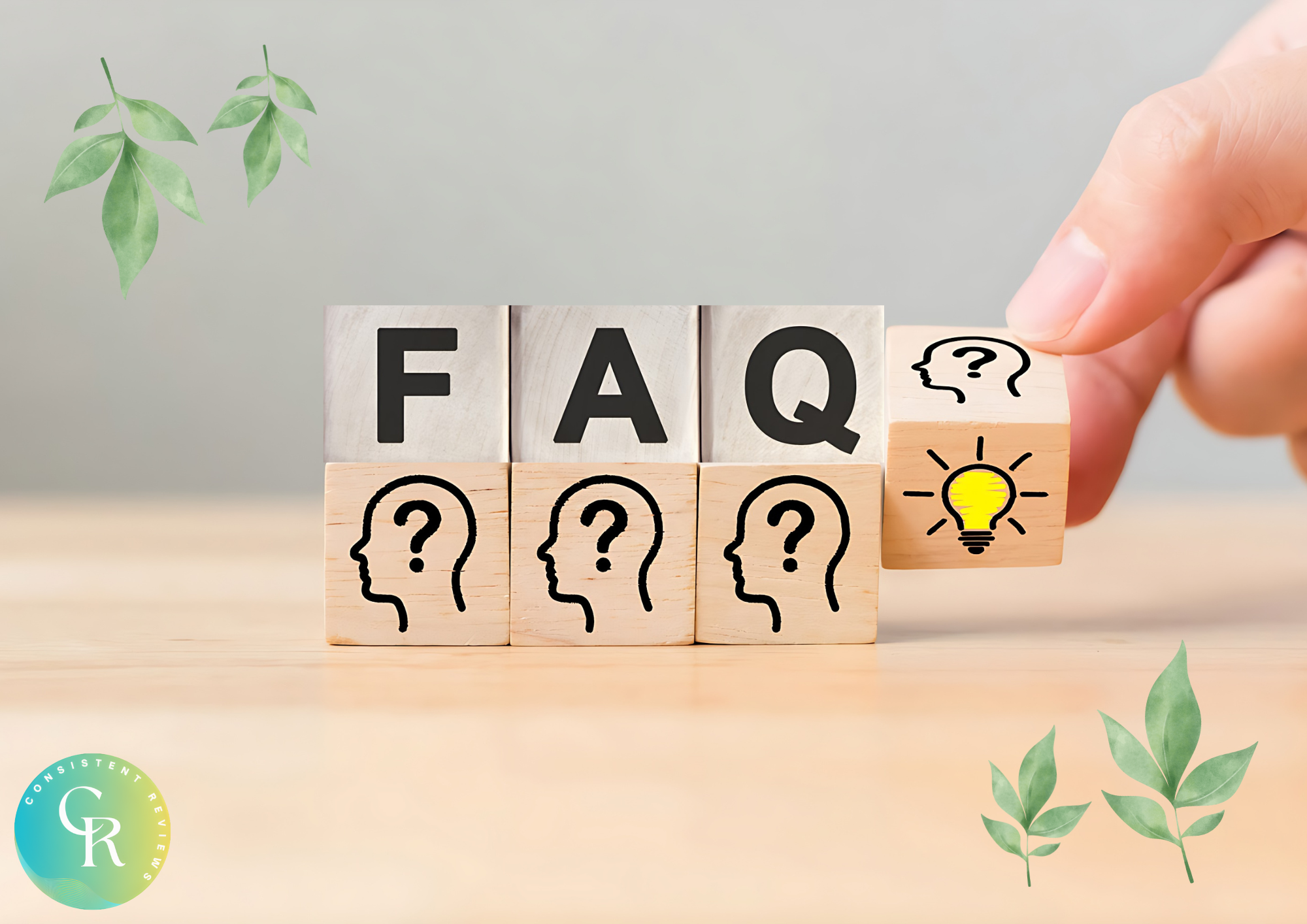
Are elevated dog bowls better for all dogs?
Not necessarily. While elevated dog bowls can be beneficial for larger breeds and dogs with certain health conditions, they may not be the best choice for all dogs. It's important to consider the individual needs of your pet and consult with a veterinarian.
Can elevated dog bowls help prevent bloat?
The relationship between elevated dog bowls and bloat is still debated. Some believe that raised feeders can help prevent bloat by reducing air intake, while others suggest they might increase the risk. Dog owners should discuss this with their vet, especially if they own a breed that's at a higher risk for bloat.
What is the ideal height for an elevated dog bowl?
The ideal height for an elevated dog bowl is typically around 6 inches below the dog's shoulders. This allows the dog to eat without stooping too low or lifting their head too high, promoting a comfortable and natural eating posture.

Elevated dog bowls can offer benefits for certain dogs, particularly those that are larger or have health issues that make eating from ground level uncomfortable or difficult. However, the decision to use raised feeders should be made on a case-by-case basis, taking into account the dog's size, breed, health, and risk factors for conditions like bloat. Consulting with a veterinarian is crucial to ensure that the choice to elevate a dog's bowls is a safe and beneficial one for the individual pet.
